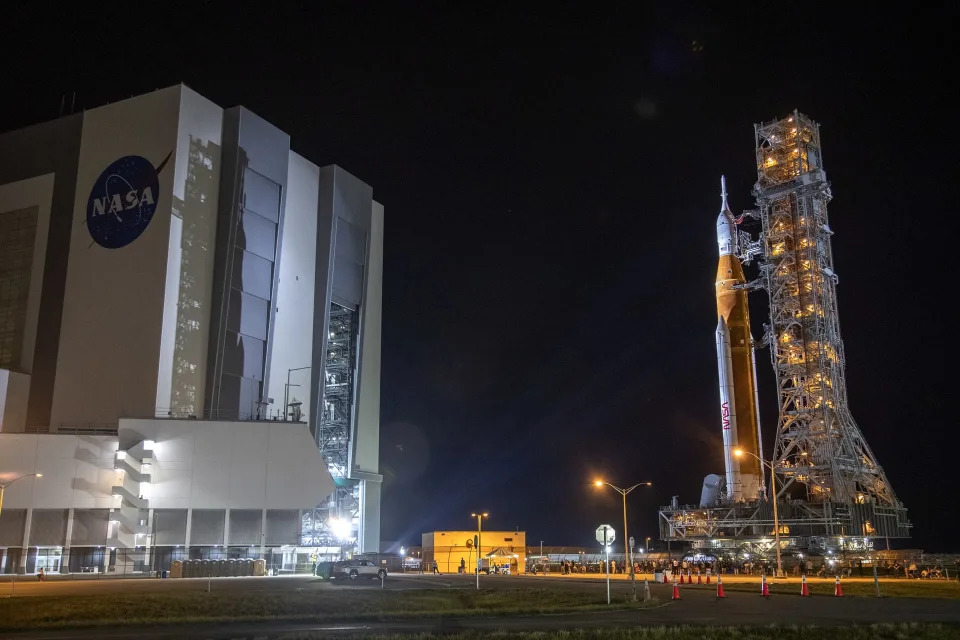Miami, Sep 13 – NASA announced September 27 as the date to try again to launch the Artemis I lunar mission from the Kennedy Space Center in Cape Canaveral (Florida), after two failed attempts due to technical problems.
According to the US space agency’s plan, the 70-minute launch window will open at 11:37 a.m. (15:37 GMT) on September 27.
The objective of the Artemis I mission is to test the powerful SLS (Space Launch System) rocket and the Orion spacecraft, which will travel beyond the Moon to orbit the Earth’s satellite, before sending a manned mission, the Artemis II, and later a third in which NASA astronauts will step on the lunar surface again.
If the trip begins on the 27th of this month and everything goes according to plan, the Orion spacecraft will return to Earth on November 5.
As an alternative date for the launch, still pending confirmation, the 2nd of October is being studied.
Before launch, a test of the cryogenic tanks and thrusters will take place on September 21.
In the same statement, NASA said that the launch of the manned mission to the International Space Station (ISS) called Crew-5 will not be before 12:45 (16:45 GMT) on Monday, October 3.
“The teams are working on the next commercial crew launch in parallel with the planning for Artemis I and both launch schedules will continue to be evaluated in the coming weeks,” it noted.
Crew-4’s return from the ISS will follow a brief transfer to the space station with Crew-5.
Last weekend the Artemis I teams completed repair work in the area where a hydrogen leak occurred that forced the cancellation of the second launch attempt on September 3.
The first attempt was scheduled for August 29 and also had to be canceled due to technical problems.
Proceeded to reconnect the rocket and ground side plates on the liquid hydrogen fuel feed line quick disconnect where two seals were replaced last week.
This week the teams will conduct tests under ambient conditions to ensure there is a tight bond between the two plates prior to cryogenic tank testing.
During the test, launch controllers will load supercold liquid oxygen and liquid hydrogen into the SLS rocket’s cryogenic core and midshaft.
The test will confirm that the hydrogen leak is effectively closed and evaluate updated propellant loading procedures, which are designed to reduce thermal stress, among other processes.

